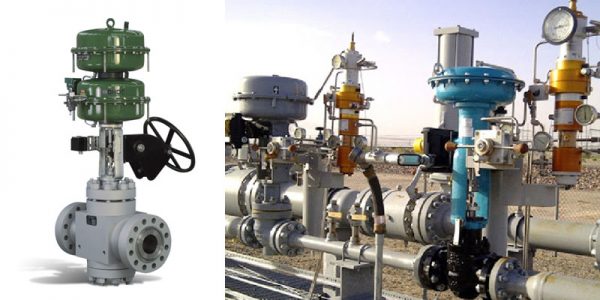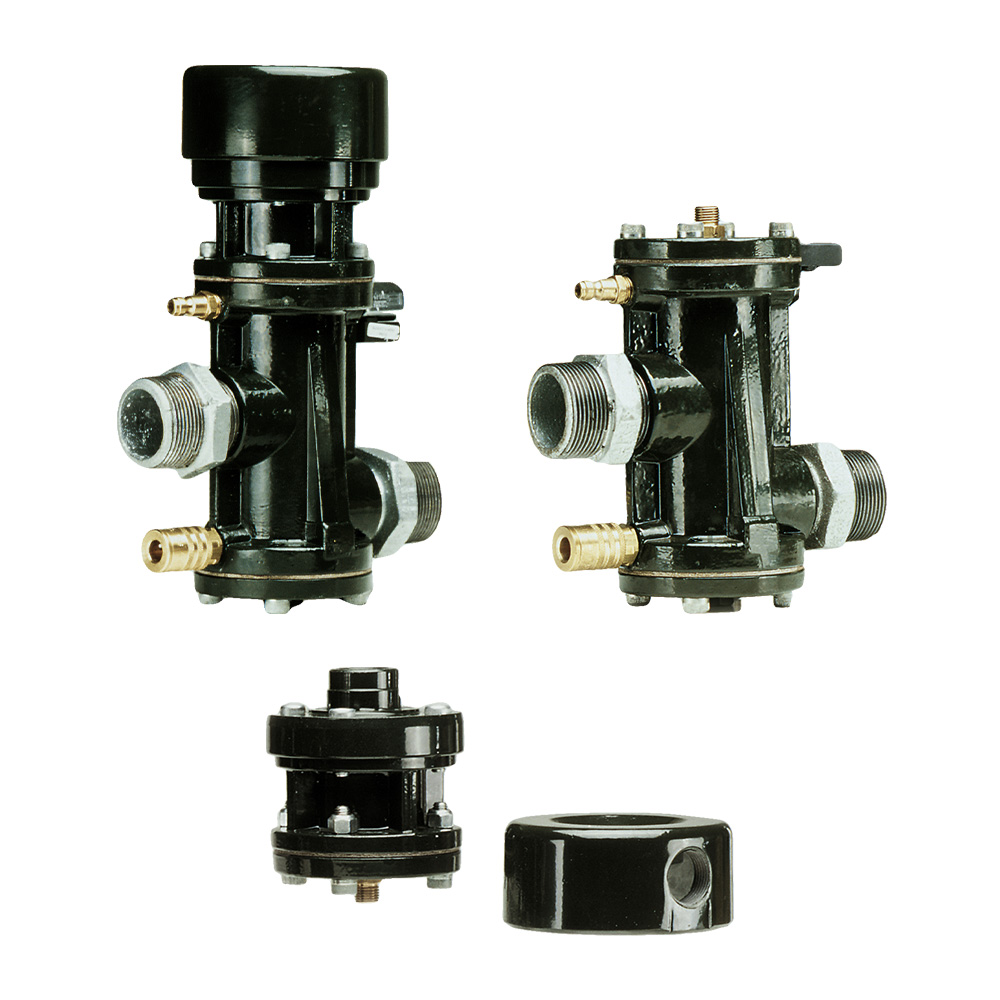Crucial Aspects to Take Into Consideration When Selecting Control Valves
Crucial Aspects to Take Into Consideration When Selecting Control Valves
Blog Article

Maximize Power Savings and Convenience With Advanced Structure Automation Controls
In the realm of modern-day design and facility monitoring, the integration of advanced building automation regulates stands as a pivotal innovation. The merging of innovation and sustainability has actually birthed a new age where power effectiveness, comfort optimization, and operational streamlining are no much longer remote aspirations however attainable truths. By harnessing the power of automation, structures can adapt, respond, and develop in ways that were once inconceivable. The possibility for substantial power financial savings and boosted comfort is not just a pledge however a possibility waiting to be met. This paradigm shift in structure monitoring holds the key to opening a world where environmental conscientiousness and owner wellness sympathetically exist together within the wall surfaces of our structures.
Power Performance Perks
Power performance benefits can considerably decrease energy consumption and functional prices in buildings. Energy-efficient systems, such as advanced building automation controls, can optimize the use of sources like heating, lighting, and cooling, leading to lower power expenses over time.
Furthermore, boosted power efficiency can lengthen the lifespan of building devices and systems. By operating a lot more successfully, HVAC systems, lighting components, and various other building parts experience much less damage, leading to lowered upkeep and substitute costs. Additionally, energy-efficient structures commonly command higher property values and rental prices, supplying long-term financial advantages to proprietors.
Additionally, power performance can enhance owner convenience and productivity. Appropriately controlled indoor settings with ideal lights and thermal problems produce an even more positive and conducive work area, bring about boosted worker fulfillment and efficiency. On the whole, the power performance advantages associated with innovative structure automation controls are complex, encompassing expense savings, environmental stewardship, and passenger well-being.
Boosted Convenience Control
Enhancing comfort control in building atmospheres calls for an advanced combination of sophisticated automation systems for ideal occupant well-being. By utilizing advanced building automation controls, centers can tailor the indoor setting to satisfy the specific demands and choices of residents. These systems make it possible for exact guideline of ventilation, temperature level, and illumination, producing a productive and comfy atmosphere. Owner contentment and efficiency are very closely linked to thermal comfort, making it necessary to have systems in area that can adjust to transforming conditions in real-time.
Improved convenience control goes beyond fundamental temperature level changes. It consists of attributes such as personalized setups, tenancy sensors, and natural light application to produce a responsive and dynamic setting. By integrating these sophisticated controls, buildings can not just enhance convenience yet likewise improve energy efficiency by maximizing system operations based upon actual occupancy and usage patterns. Eventually, focusing on resident comfort through advanced automation systems leads to a more enjoyable and much healthier interior atmosphere.
Operational Performance Improvements

Furthermore, the application of real-time monitoring and analytics tools makes it possible for structure operators to determine energy inefficiencies and functional anomalies promptly. By constantly keeping track of power use patterns and system efficiency metrics, modifications can be made in real-time to optimize power consumption and ensure peak operational efficiency. control valves. Furthermore, incorporating need feedback strategies right into structure automation controls can additionally boost functional efficiency by dynamically changing power usage based on grid problems and rates signals
Indoor Climate Optimization
Reliable find this interior climate optimization is a fundamental facet of structure automation controls, ensuring residents' convenience and well-being while optimizing energy financial savings. By utilizing advanced sensors and controls, developing automation systems can continuously change and keep track of temperature, humidity degrees, air high quality, and air flow to develop an optimal interior environment. Maintaining consistent and comfy problems not only improves resident satisfaction but likewise increases efficiency and overall well-being.
Indoor environment optimization also plays a vital function in power efficiency. By fine-tuning air conditioning, air flow, and home heating systems based upon real-time data and tenancy patterns, constructing automation controls can considerably minimize power consumption - control valves. Applying methods such as demand-controlled ventilation and thermal zoning can aid decrease power waste while guaranteeing that each location of the structure obtains the required conditioning.

Lasting Atmosphere Production
Building automation regulates not just enhance interior environment problems for power efficiency and owner convenience but also lay the structure for developing a sustainable environment through tactical monitoring of systems and resources. By integrating sophisticated structure automation modern technologies, such as sensors, actuators, and smart software application, facilities can check and readjust power use in real-time to decrease waste and minimize their carbon impact. These systems make it possible for predictive upkeep, identifying prospective problems prior to they rise and optimizing devices performance to boost long life and efficiency.
Moreover, lasting environment creation prolongs past energy monitoring to encompass water conservation, waste reduction, and interior air high quality renovation. Building automation controls can control water usage, identify leakages, and make sure appropriate waste disposal techniques, adding to overall sustainability efforts. Additionally, by keeping track of and controlling ventilation and filtering systems, these technologies improve passenger wellness and productivity while reducing power usage connected with heating and cooling operations.
Conclusion
Finally, advanced building automation controls deal substantial advantages in terms of energy financial savings, convenience control, functional efficiency, interior look at this now climate optimization, and developing a sustainable setting. By applying these controls, structures can achieve optimum efficiency while reducing power usage and boosting occupant convenience. It appears that making use of sophisticated automation technology is critical in index improving structure efficiency and creating an extra lasting future.
Energy efficiency advantages can dramatically reduce energy usage and operational costs in structures. Overall, the energy performance advantages associated with sophisticated building automation controls are complex, including cost savings, ecological stewardship, and occupant well-being.
In addition, including demand feedback methods right into structure automation controls can better boost functional efficiency by dynamically changing energy usage based on grid conditions and pricing signals.
Structure automation manages not just maximize interior climate problems for energy effectiveness and owner comfort but also lay the structure for developing a lasting setting with calculated management of sources and systems.In conclusion, progressed building automation controls offer substantial advantages in terms of energy cost savings, convenience control, operational efficiency, interior environment optimization, and creating a lasting environment.
Report this page